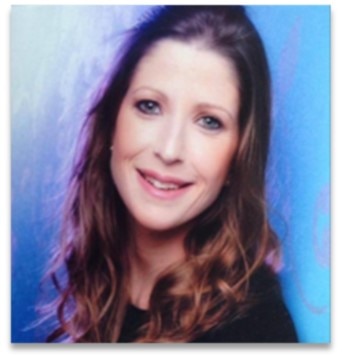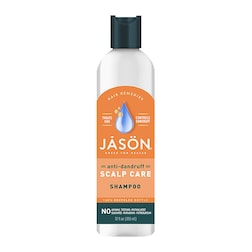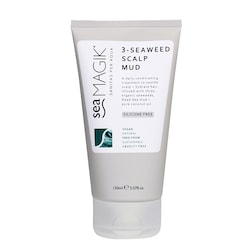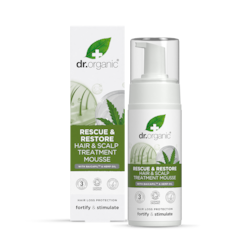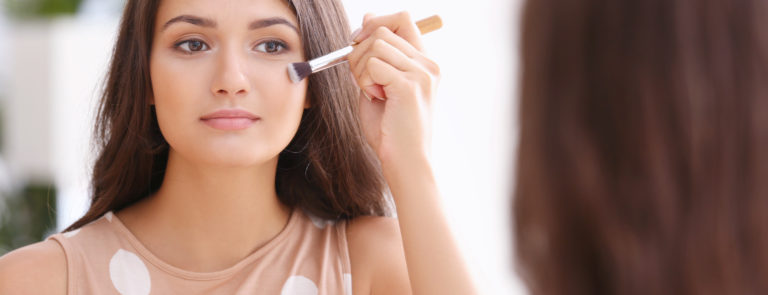20% off €35
7 of the best treatments for dry scalps

Summary
1Why is dry hair often itchy?
Clogged hair follicles can lead to hair that’s not in the best condition, and this clogging and general build-up of sweat, dirt and hair products...
2Other symptoms of dry hair
If your hair is dry, chances are you’re going to know about it when you wash and brush it and when you look in the mirror. Frizzy, brittle, dull...
3What to use for a dry scalp
Dry scalps are usually a sign of dryness so, just like the rest of your skin, use products that will be kind to your scalp and give it the goodness...
Why do we get dry hair?

Why is dry hair often itchy?
Can a dry scalp cause hair loss?
Summary
- Blocked hair follicles and general skin and product build-up can make our scalp flaky, itchy and sensitive
- Dandruff and allergic reactions to hair products are among the main culprits of scalp itchiness
- A dry scalp can lead to dry hair, which is more prone to breaking
Other symptoms of dry hair
What to use for a dry scalp

Summary
- Hair that’s frizzy, brittle, dull, lacking in volume and has split ends is most probably caused by it being dry
- Just like the skin on your body and face, your scalp needs to be nourished with suitable products, such as hair shampoos, conditioners, masks and scrubs that are designed to help with dry scalps
Shampoos
- This cleansing Shampoo helps with dandruff while soothing the scalp.
- Contains nourishing ingredients and essential oils of Rosemary, Olive and Jojoba.
- Helps the shampoo to act as a cleanser while soothing and nourishing the scalp.
Conditioners
Serum for dry scalps and oil for dry scalps
- Try Hanna Sillitoe Intensive Scalp Oil and leave the rich oil in overnight and wash out the following morning.
- Sensitive scalps might like the Gallinée Scalp and Hair Serum, a lightweight oil-free serum enriched with fermented rice water.
Scalp masks
- A 97% natural mineral hair treatment to soothe the scalp and hydrate hair.
- Infused with three organic seaweeds, Dead Sea mud and pure coconut oil.
- Comforts itchy scalp, conditions hair.
- Suitable for a dry and sensitive scalp.
- An energising treatment mousse based on organic Hemp Oil combined with a unique blend of bioactive, natural and organic ingredients.
- Helps reduce hair loss
- Supports healthy growth
- Increases density & volume
Home remedies for dry scalp
- 1 tablespoon manuka honey (vegan alternative - use 1 mashed ripe avocado instead)
- 1 tablespoon apple cider vinegar
- 1 tablespoon olive oil
- 1 tablespoon sugar
- Mix ingredients apart from the sugar in a suitable bowl and microwave for 15 – 30 seconds. Once warm, add the sugar.
- Massage the warm mask into damp hair, allowing the sugar granules to act as an exfoliating scrub.
- Cover hair with a warm towel and leave for up to 30 minutes before rinsing out and shampooing thoroughly. Use weekly.
- Half an avocado
- 1 tablespoon of olive oil
- 1 tablespoon of honey
- 3 drops essential oil of choice7
- Stir the ingredients together.
- Apply to wet hair, starting at the ends and working your way up.
- Tie your hair back and put it in a shower cap.
- Blow dry your hair for 10 minutes (with the cap still on).
- Leave in for another 20 minutes.
- Rinse out with shampoo.

How long until you can expect to see results?
The final say
The advice in this article is for information only and should not replace medical care. Please check with your GP or healthcare professional before trying any supplements, treatments or remedies. Food supplements must not be used as a substitute for a varied and balanced diet and a healthy lifestyle.
- https://www.ncbi.nlm.nih.gov/pmc/articles/PMC6369642/
- https://www.aad.org/public/diseases/psoriasis/treatment/genitals/scalp-hair-loss/
- https://www.allthingshair.com/en-uk/hair-care/dry-and-damaged-hair/dry-damaged-hair-signs/
- https://www.sheknows.com/living/articles/1020589/how-to-determine-your-hair-is-dry/
- https://www.allure.com/gallery/best-new-products-for-scalp-health
- https://www.ncbi.nlm.nih.gov/pmc/articles/PMC6222484/
- https://www.goodhousekeeping.com/beauty/hair/g29627145/diy-hair-masks/
